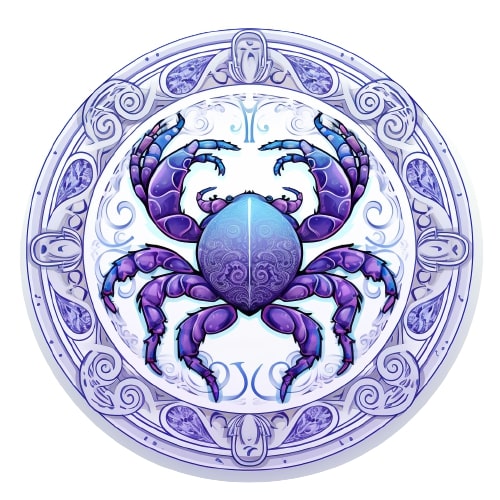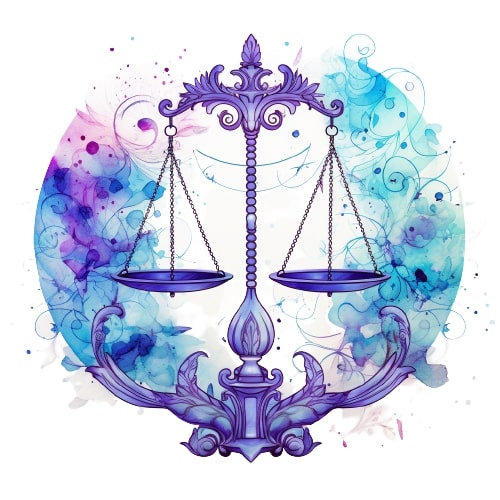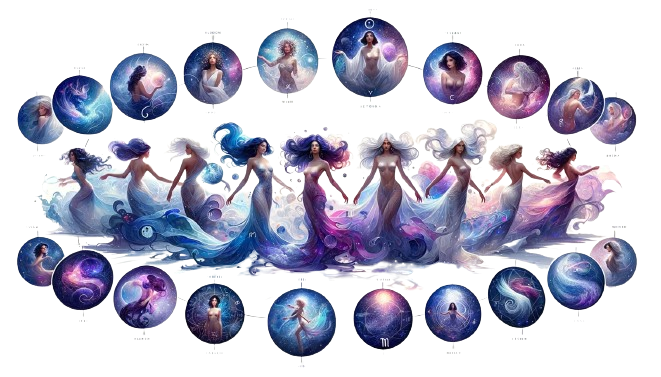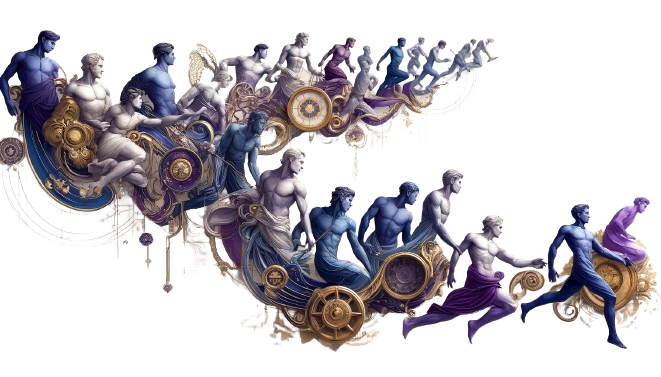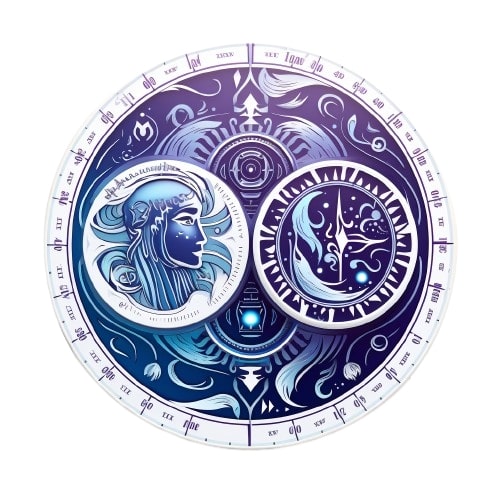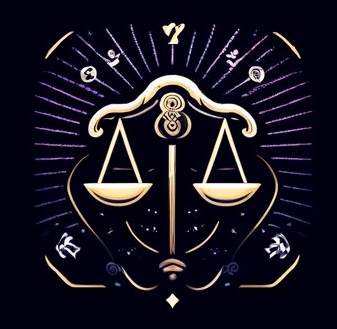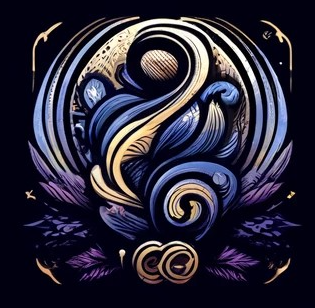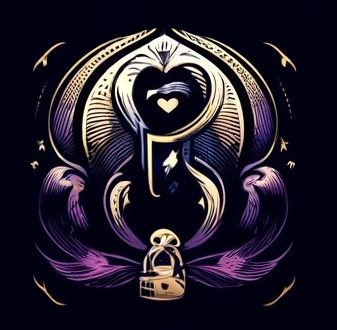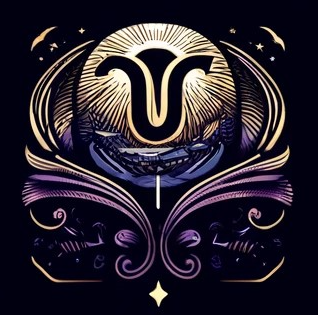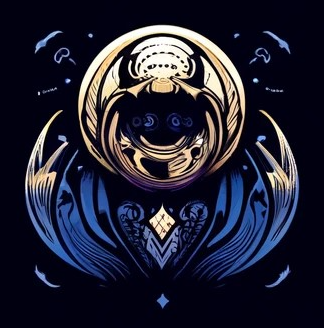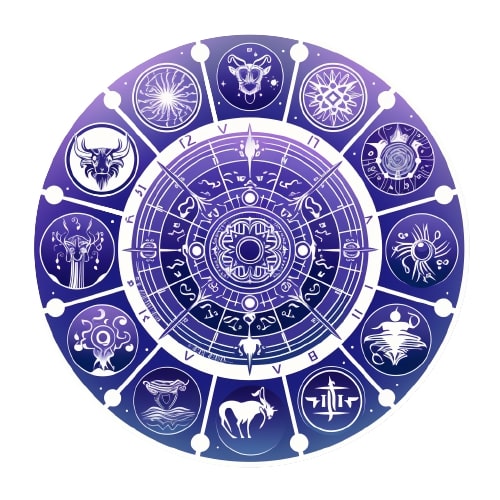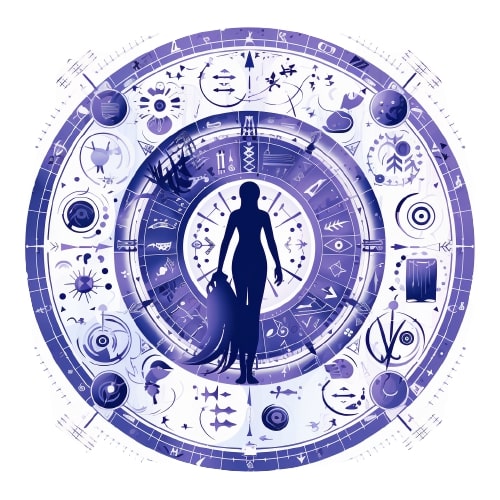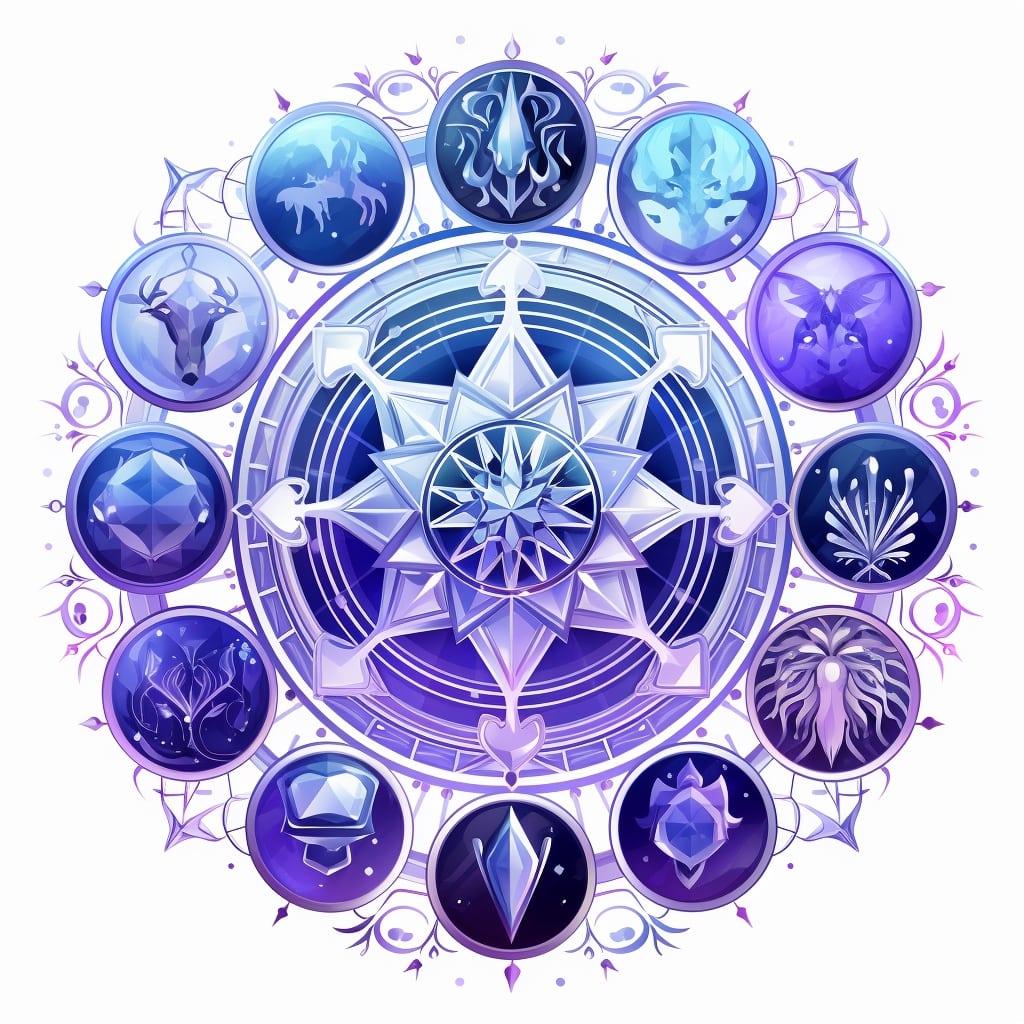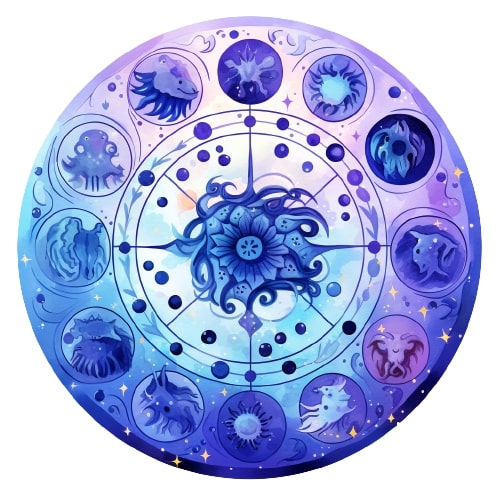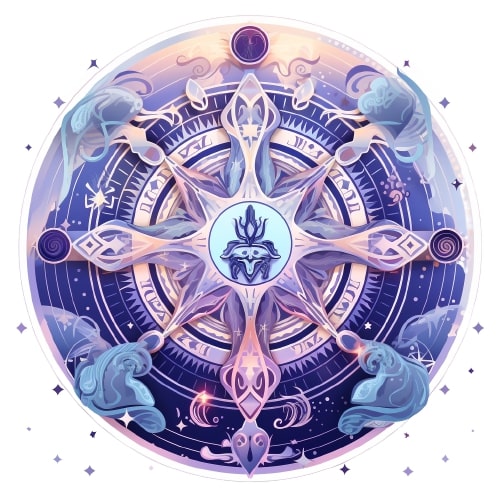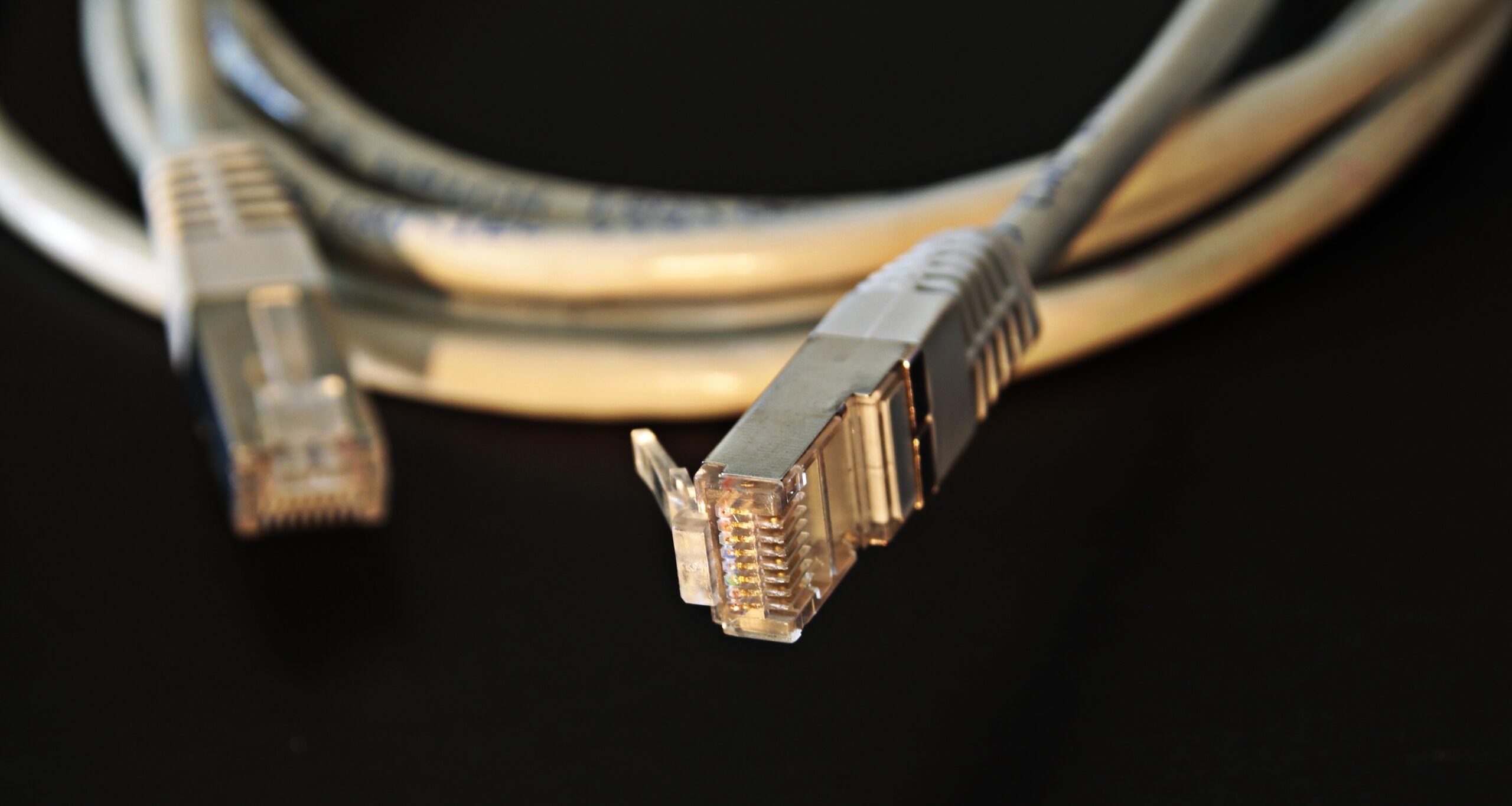When it comes to telecommunications and broadband services, a few different types of fiber optic cable can be used. Understanding the difference between dark and lit fiber is essential for technicians who work with these systems daily. Let’s take a closer look at each type of fiber optic cable and what makes them unique.
What is lit fiber?
Lit fiber is optical fiber operated in high-speed telecommunications and other industries. The “lit” in lit fiber refers to the fact that the fiber is actively illuminated by a laser, which allows it to carry data at extremely high speeds. Lit fiber is typically used for long-distance applications, such as transcontinental links or undersea cables. However, it can also be applied to shorter distances, such as within a city or campus network. One of the critical advantages of lit fiber is that it can carry data for extended distances with minimal signal loss. This makes it an ideal choice for applications where reliability and data integrity are critical. Another advantage of lit fiber is that it can support multiple wavelength channels, which makes it possible to transmit large amounts of data over a single fiber.
Dark fiber at the glance
When most people think of fiber optics, they picture the thin, flexible glass strands that carry data at the speed of light. However, there is another type of fiber optic cable known as dark fiber. Unlike traditional fiber optic cable, dark fiber is not yet active and does not carry a signal. Instead, it consists of strands of raw optical fiber laid down but not yet connected to a network. As the name suggests, dark fiber is typically unused and “dark,” meaning it does not transmit light. However, this raw material can be utilized to build a high-speed network with unlimited capacity. By leasing dark fiber from a telecommunications company, businesses can create their private networks with ultra-fast speeds and low latency. In addition, because dark fiber is not yet active, it is often less expensive to lease than traditional fiber optic cable. As the demand for high-speed data grows, dark fiber is becoming an increasingly popular option for businesses looking to build their private networks.
Lit fiber vs. dark fiber: The difference explained
There are two types of fiber optic cable: lit fiber and dark fiber. Lit fiber is a cable already used, carrying data for Internet or television service, for example. Dark fiber is an unused cable waiting to be leased or purchased for future use. Here’s a closer look at the key differences between these two types of fiber optic cable.
As the name suggests, lit fiber is already lit with a laser beam. This means that the cable is ready to use for data transmission. Dark fiber, on the other hand, is not currently in use. It does not have a laser beam running through it and, therefore, cannot be used for data transmission until it is leased or purchased and the necessary equipment is installed.
Lit fiber is typically more expensive than dark fiber because it requires more investment to get up and run. However, dark fiber may be a more cost-effective option in the long run because once it is leased or purchased, it can be used indefinitely without additional costs. In addition, dark fiber has the potential to offer faster speeds and greater capacity than lit fiber, making it an attractive option for businesses that require high-bandwidth data transmission.
Is lit fiber or dark fiber suitable for you?
Regarding fiber optics, there are two main types: lit and dark. Lit fiber is a pre-existing network owned and operated by an internet service provider (ISP). On the other hand, dark fiber is a network of unused fiber optic cables that can be leased or purchased. So, which type of fiber is right for you?
The answer depends on several factors. Lit fiber is the way to go if you need immediate access to high-speed Internet. But dark fiber may be a better choice if you can wait a bit longer for installation and look for a more cost-effective option. Ultimately, the decision comes down to your specific needs and budget.



